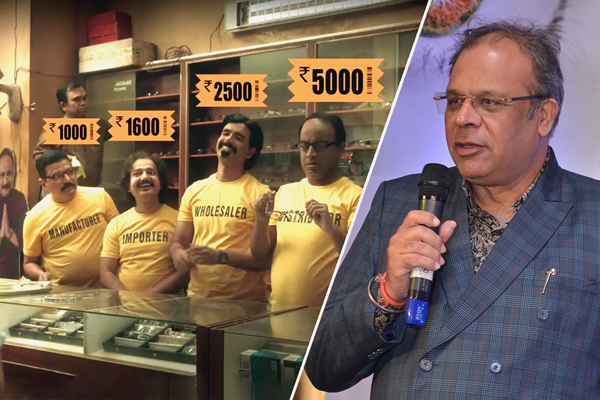O2O (online-to-offline) mode of sales has challenged the way b2b eyewear distributors do business
In this new mode, intermediate links, such as wholesalers and distributors, are skipped; spectacles, lenses and frames are directly supplied from manufacturers to optical stores, which greatly enhances operational efficiency by lowering the mark-up. The key point of O2O is the operation of an online store, in which consumers are able to browse relevant product information, making appointments and placing orders. The purchase process is then completed by the consumer’s visit to an optical store or a mobile optician service provider to seek the professional advice of an optician. The simplified distribution process has led to the more competitive retailing price of eyewear by skipping intermediate links.
O2O Outlook
The O2O mode is expected to be applied by more manufacturers and retailers in order to stay competitive in eyewear, with the increased profit margin and benefits. Setting up an online store and mobile optician service are much cheaper than establishing a physical optical store, with the former able to cover a wider range of consumers. In addition, manufacturers or optical stores, shifting towards providing tailored customer service, are able to tap into greater market potential with the help of customised products and services.
More B2C eyewear e-retailers are likely to adopt the O2O mode, following the success of Keede.com, the largest B2C eyewear online platform in China, which set up five optical stores by August 2015 to facilitate consumers’ online purchasing, in which consumers can place orders online while enjoying service offline. Furthermore, Keede.com has also extended its online virtual trial system in its optical stores, marketing it as one of its unique selling points. Keede.com plans to establish 200 O2O optical stores in the forecast period.
Credits:
Hui Wan, Research Manager, Euromotor International













